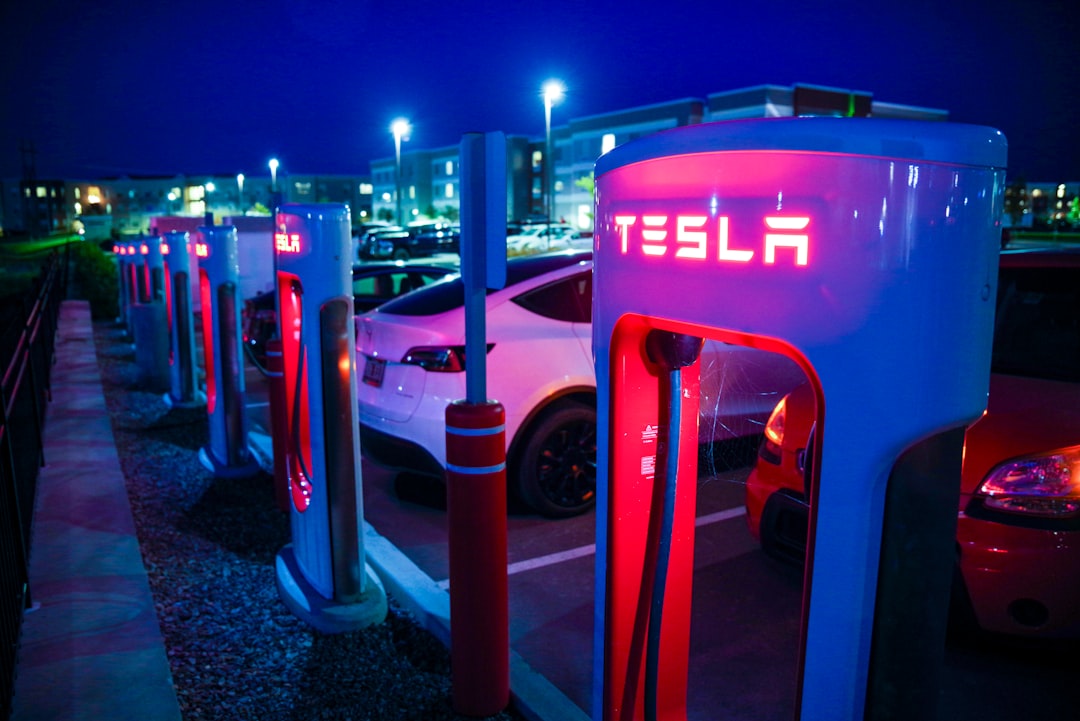Tesla and Elon Musk have started using the term “Supervised Full Self-Driving” when discussing their self-driving efforts.
What does it mean?
Tesla, and especially its CEO Elon Musk, has used controversial language when discussing its self-driving effort.
It started with calling and selling something called the “Full Self-Driving Capability” package all the way back in 2016. The automaker promised it would eventually enable level 5 self-driving capability through software updates.
Now, it has yet to happen, and Tesla has evolved its language around the promise over the years.
Musk previously often used the term “robotaxi” and said that “Tesla would enable 1 million robotaxis by the end of the year”. This was in reference to bringing full self-driving capability to Tesla’s existing fleet of over 1 million vehicles, now over 5 million, through a software update.
That also never happened.
Musk then started using the term “feature complete,” which refers to Tesla FSD Beta taking over all driving tasks. However, it still requires the driver’s attention and readiness to take control at all times.
Under SAE’s ADAS system ranking, this is called a level 2 autonomous system, and Tesla has clearly promised a level 4 or even 5 system in which driver attention is not required. That’s where we are now.
In the last year or two, Tesla, and especially Musk, as he is Tesla’s main spokesperson, have stopped referencing robotaxi or at least in reference to turning Tesla’s existing fleet into robotaxis. Instead, Musk used the term in reference to an upcoming new Tesla vehicle specifically designed to be a robotaxi.
When it comes to turning FSD Beta into a true self-driving system, Tesla and Musk have been much more vague.
Lately, they have focused on using the language of “Supervised” Full Self-Driving. Musk recently referenced it in an email sent to Tesla employees, and Tesla used the same term in recent social media posts.
It’s a reference to drivers having to “supervise” the system. In the previously mentioned email sent to Tesla employees, Musk proudly said that “supervised Full Self-Driving” actually works.
Electrek’s Take
“Supervised Full Self-Driving” indeed works, but you have to ask yourself if the supervised part is what makes it work. The answer is obvious.
I feel like I am repeating myself, but the only thing of value that Tesla can communicate on that front now is actual data about driver intervention and FSD disengagement in order to show a rate of improvement leading toward the “march of 9s”.
The “march of 9s” is what people in the autonomous vehicle industry refer to achieving a 99.9999x percent level of safety.
Right now, when it comes to Tesla’s FSD Beta, we don’t seem to be marching yet. There’s no clear path to it becoming an unsupervised system.
Now, I know that some people hold hope in the fact that Tesla recently launched FSD Beta v12, with end-to-end neural net, and that Tesla is reportedly not “compute constrained” anymore – meaning that FSD Beta could be trained faster and therefore, improve faster.
I still have some hope on that front, but I really want some real data. I can’t with the anecdotal experiences anymore, the continuously evolving language, and the moving goal post.
